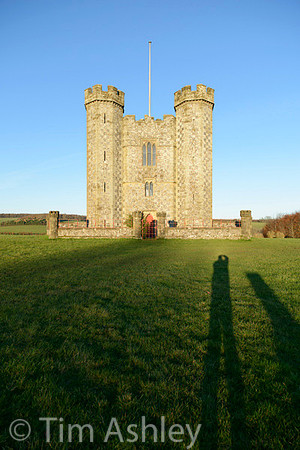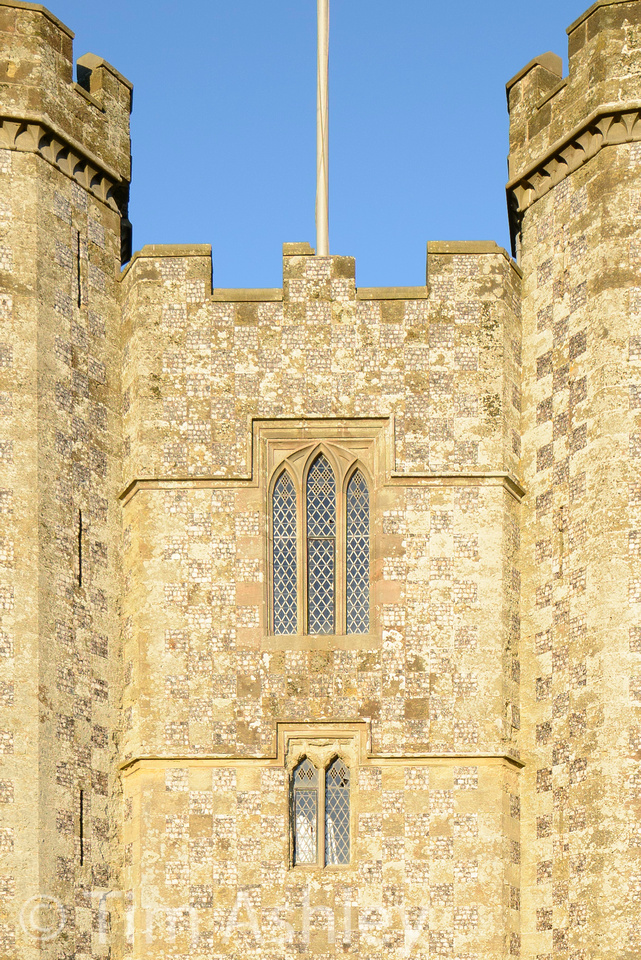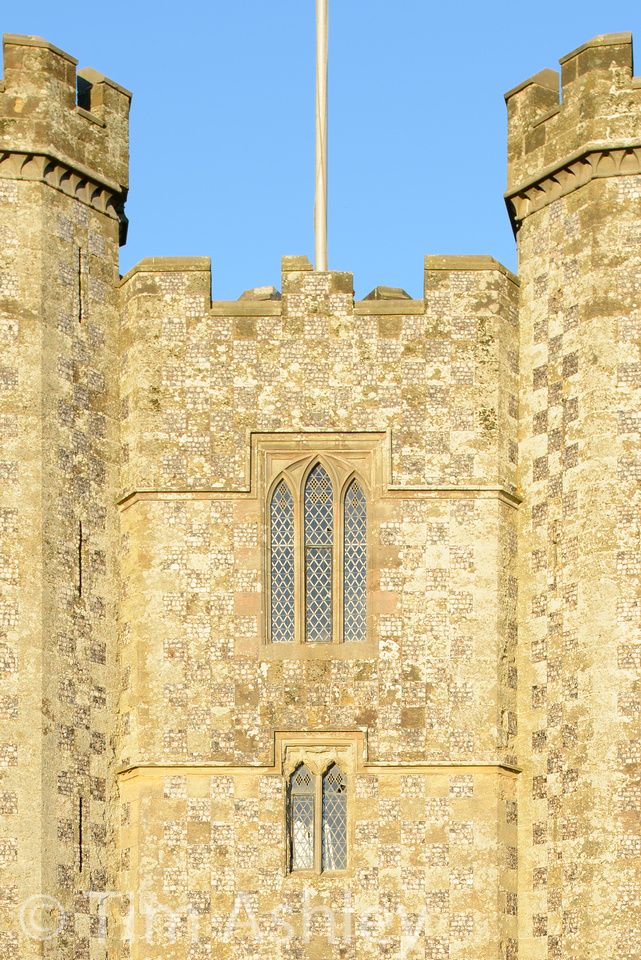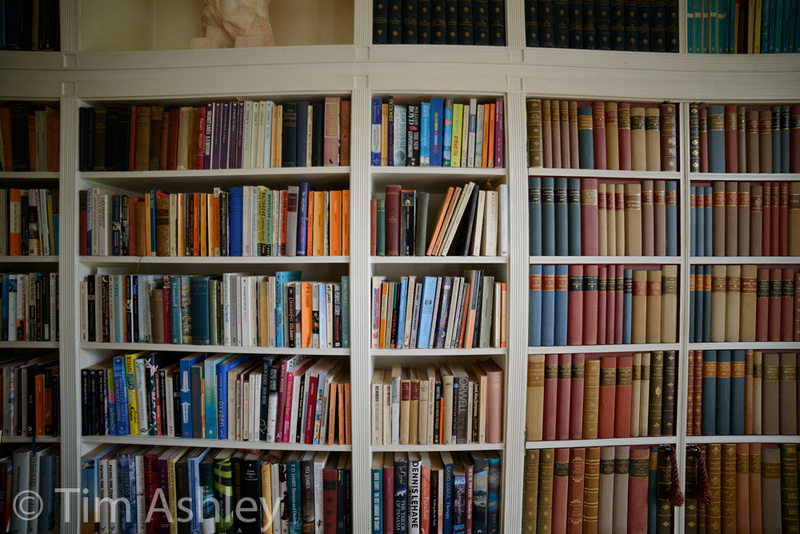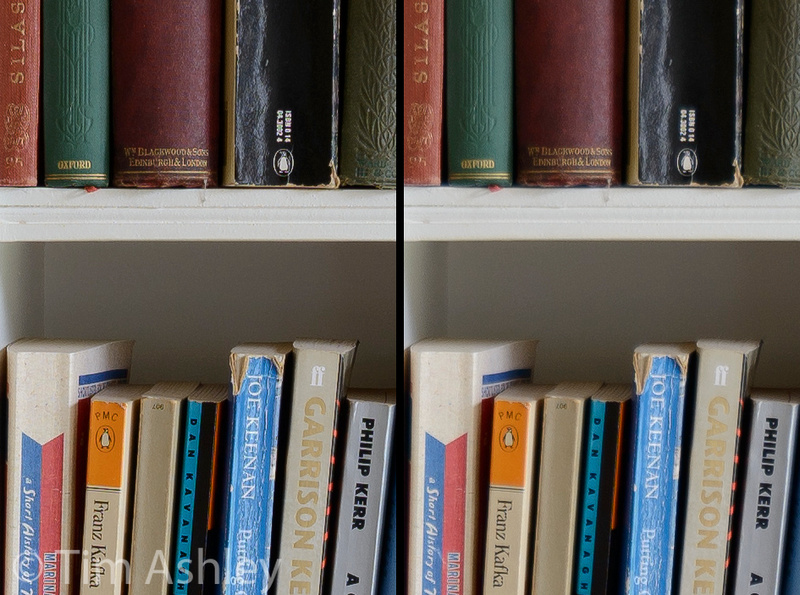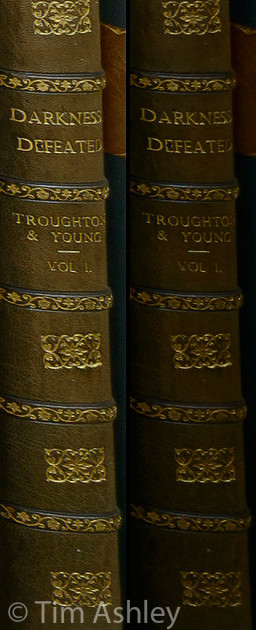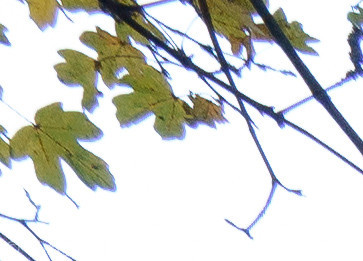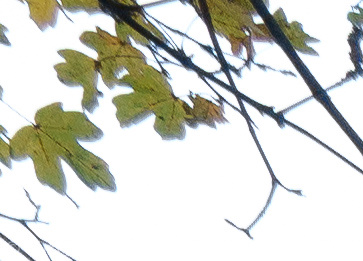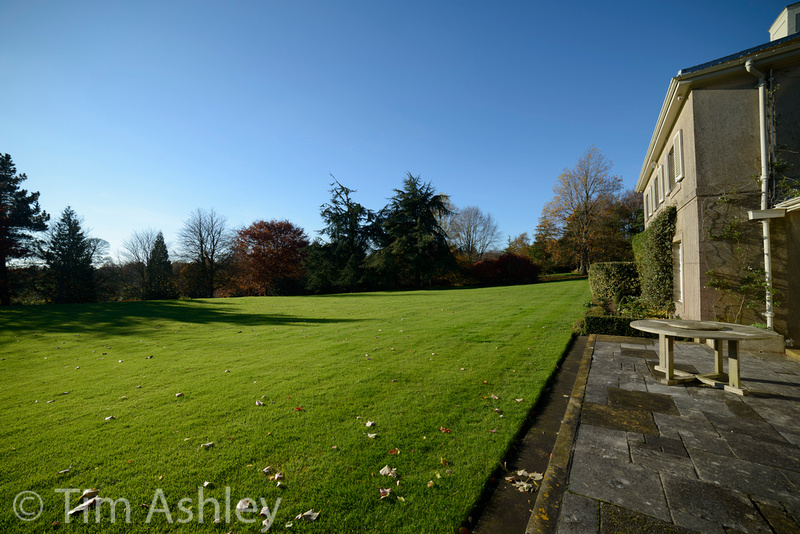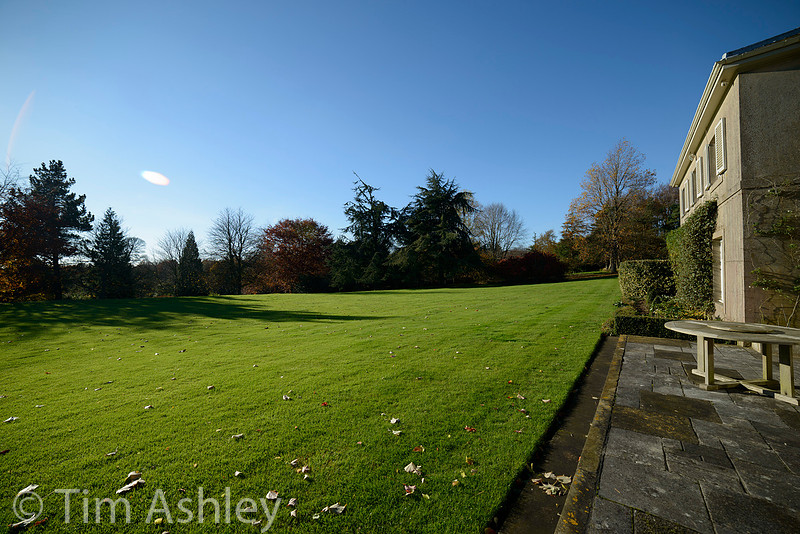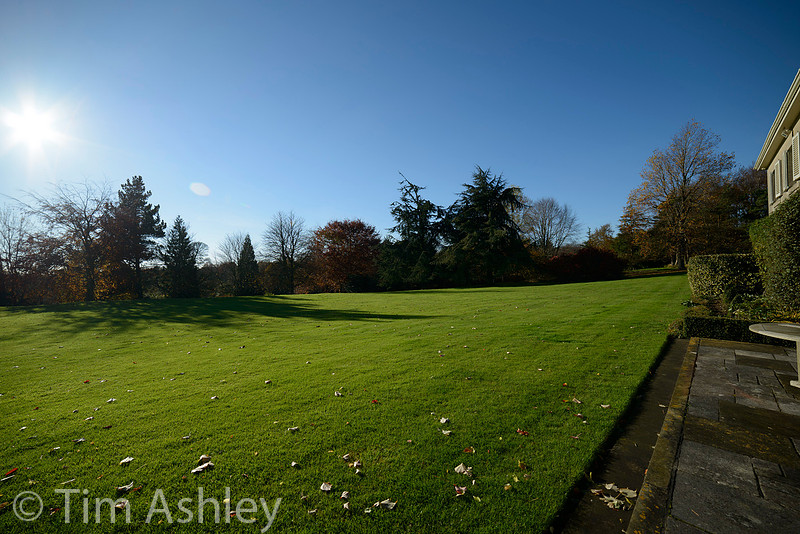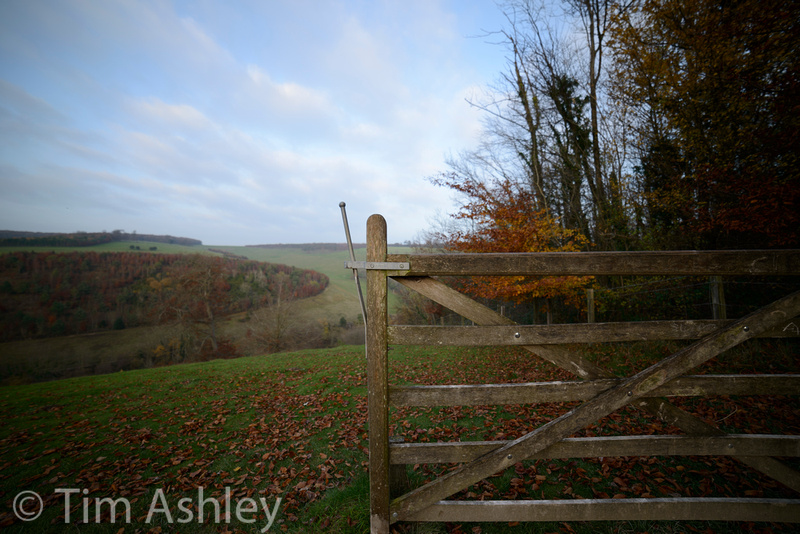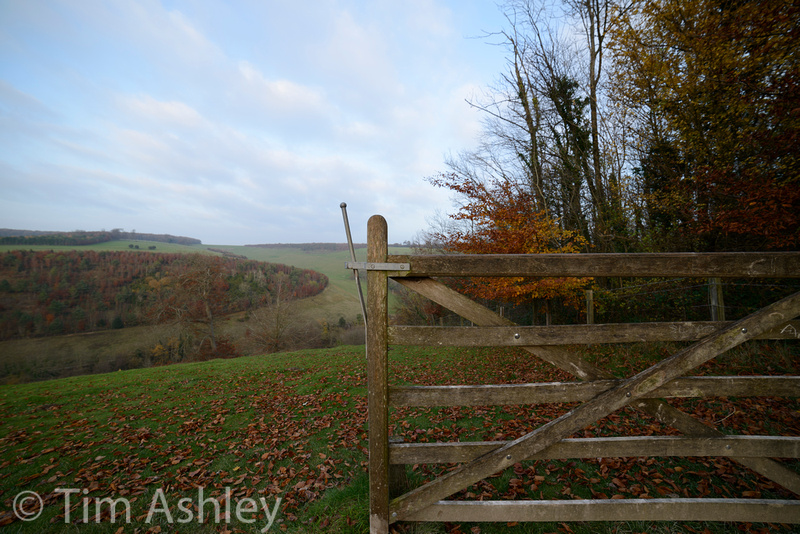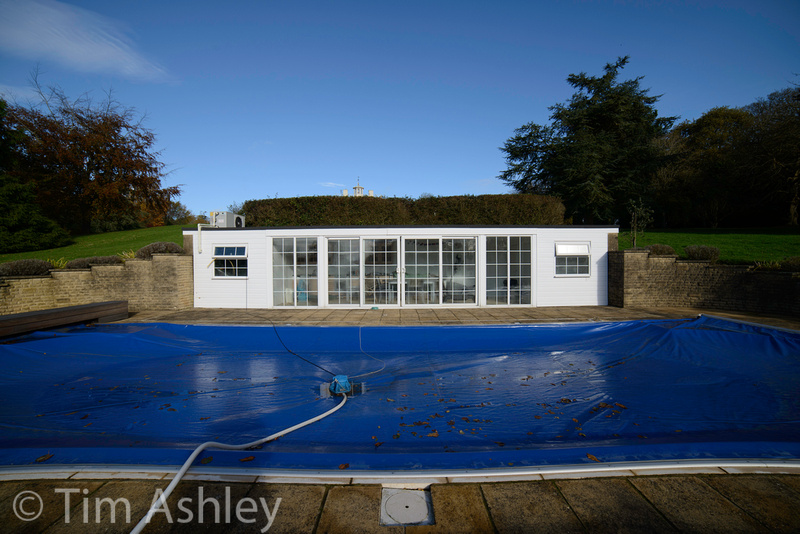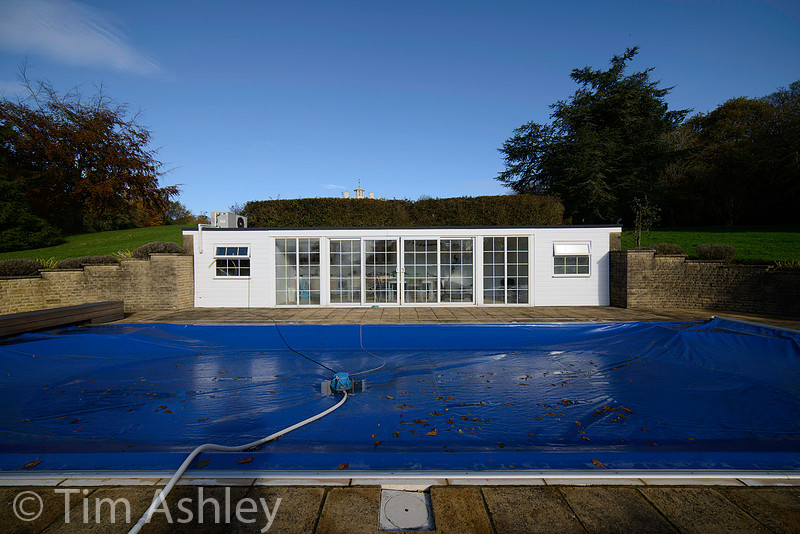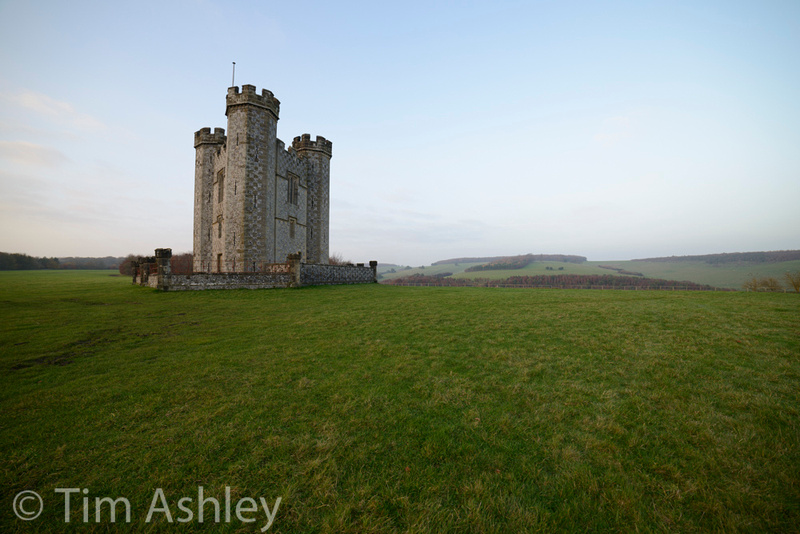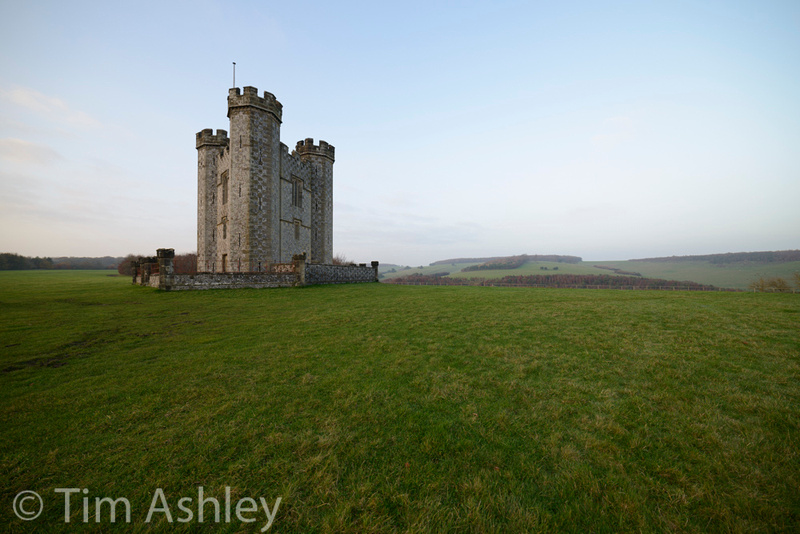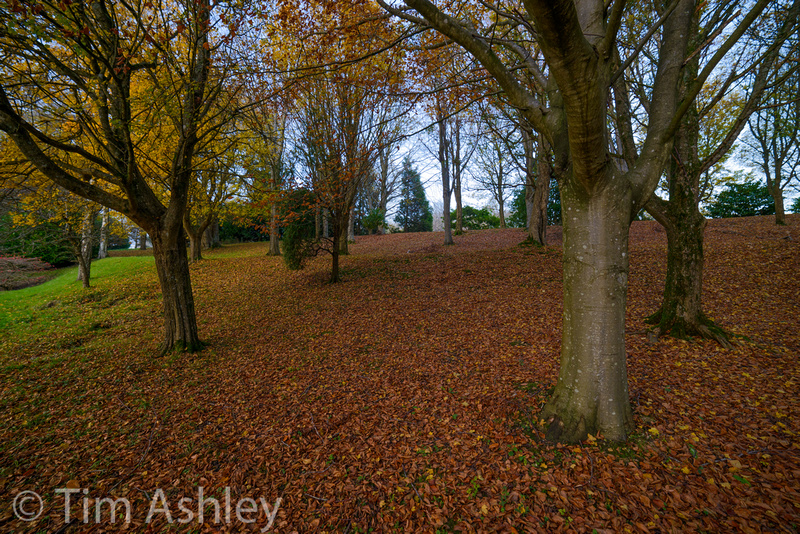The Samyang 14mm F2.8 ED IF UMCA very wide smile. On both sides of the camera. That's what you'll get from this lens. With the single exception of the strong distortion (and 'easily fixed' is not always the same as 'perfectly fixable') this lens is brilliant. It is the only lens under 50mm I have yet used on the D800E that can easily give edge to edge, corner to corner sharpness that doesn't leave me feeling that something is missing. It has great colour, wonderful contrast and micro-contrast, resolution that knocks most lenses out of the park, is well made, very nice to use, small, light, and boy is it cheap at £306 or $429. And, though it is manual focus, it is fully chipped for metering, automatic aperture control and EXIF when used on most current Nikon cameras. Personally, if I were you I wouldn't even read the rest of this review: I'd just go and buy one. There are so few tricks to learn, it is so mild mannered, that you just take it out of the box and use it as the Good Lord intended. It is insanely great with almost no effort, and will make a lot of photographers look more technically accomplished than they are. And thought there are reports of bad copies (as there are with so much gear from other manufacturers too, it must be said) I can safely say that there is no rigorous testing regime. Use it for an hour and if it doesn't amaze, it's a bad copy. Right. Let me now write the 'other 90%' of this article, in which I will attempt to justify and prove the above, for those of a doubting nature. I will start with a little party trick. I took two lenses. One is the Samyang and one is the Zeiss 21mm F2.8 Distagon, a truly venerable lens. On a D800E, hand held, manually focussed through the viewfinder, at F5.6 in good light, I shot the same subject. For the Samyang I stood closer, so as make the subject the same size in the finder in both shots. I took great care to level the subject 'back to front' so that the camera was not tilted up or downwards. I then processed the files in LR4 and included a lens correction in that software for the Zeiss, though I round-tripped the Samyang file through PTLens for the best correction currently available. The full scene looked like this uncropped:
Here are 100% crops from those files. I can't really hide which is which, because the wider lens is bound to have a slightly different perspective, but try not to think about that. Just look at the shots: clicking on them will load full-sized versions. Please note: these days I check resolution on a Macbook Retina display, which in Retina-enabled applications such as the latest versions of Aperture and Capture One, and Lightroom 4 latest Release Candidate, give an image very similar to print resolution when viewed at 100%. However even Retina-enabled browsers such as Safari won't do this with images you load from here, since my blog host doesn't serve the right 'version': so you will need to load the files into a suitable application if you are on a Retina display. Users of conventional 100ppi displays should view images at 50% zoom to get a similar view. Now this comparison backs up what I find in the real life usage again and again: both lenses are great but the Zeiss, like so many other wides on the D800E, has certain parts of the frame where resolution seems to drop off a little, even in uncorrected files. Whereas the Samyang is just sharp everywhere, pretty much all the time. This may not be what you are looking for of course - but if you are, it is a godsend. This is not a comparative review of the Zeiss versus the Samyang: the Zeiss has its own skills (it can take a filter; it is pretty much as sharp wide open as it is stopped down and in any event the two lenses serve slightly different purposes) and I will review it at a later date. But I will say that you can also get it sharp edge to edge and corner to corner but you have to know it really well before that is guaranteed - whereas the Samyang almost requires special skills to get anything other than great results. But surely a lens of this price must be crap wide open, right? Let's take a look. Here's a scene shot on a tripod and focussed in Live View then shot with 3 second delay. The general scene first, then side by side crops from centre, far right edge and far right bottom corner. In each side by side, you are looking at F5.6 on the left and f2.8 on the right. No corrections were applied for either distortion or vignetting. Clicking on the crops will load full sized versions for you to look at in your preferred viewer.
A word about chromatic aberrations: at my usual working aperture with this lens of F5.6, even strongly contre jour, they are fairly infrequent an issue and when they do pop up, the LR4 one-click method works well. I think the lens is very civilised in this respect. Follows two crops from the worst case I have yet seen, shooting with exposure for a forest floor but with some blown sky visible through the tree canopy, at F5.6 and from the top edge close to the corner, without and with LR4 one-click treatment:
Flare is similarly well-controlled: here's a quick series showing me swinging the sun into the frame over three shots. Note the very low veiling and the generally good flare control. In fact, for a 14mm lens with a bulbous front element, I think this is a good performance at any price...
Now for a quick look at two shots that show both pre-correction vignetting and bokeh. First at F2.8, then at F5.6, click for full sized images but if you want an easy summary, there's a lot of vignetting at F2.8, some slight amount remains even by F5.6, I quite like it and if you expose properly, you can generally eradicate it where necessary. Bokeh, I don't like: it's nervy. But this is not a bokeh lens, it is the exact opposite and in any event, no lens of this focal length that I have ever used or seen examples from is significantly better.
Readers will have noted in the bookcase example above that this lens has more barrel than a brewery: the distortion is measured by Photozone at over 5%. And because there is is also a moustache sub-style, you can't deal with it in Capture One or Lightroom: in fact I checked the downloadable community-created profiles available for Lightroom and there isn't one for this lens. But for $25 the excellent PTLens will do the job, and will work as a standalone or as a round-tripper external editor for Lightroom. Look at this 'before and after' example:
I want to say a little now about field curvature and focussing this lens. I pointed out above that it's hard not to get great results out of the box, but knowing a little more about the lens will help you get even better images. Like many wide angled lenses, there is some field curvature with this Samyang. Imagine, if you know it, the British Millennium Dome. Now imagine that you are lying on your back in the middle of it, with a camera pointed towards the roof. The roof is roughly the same shape as the field of focus of this lens though as you stop it down, DOF increases so much that you can stop worrying about that shape. But between F2.8 and F5.6 it does matter, at least to the obsessive. Here's an example: you will need to click for a full-sized version and load it into your preferred image viewer then read the commentary and walk through the file. Remember to view it at 50% in your preferred application, or, if on a Retina display, at 100% in latest versions of applications as detailed above. For this shot at F5.6 I focussed and recomposed on the trunk of the nearest right-hand tree. It is in perfect focus, and you will see that the ground running towards the camera is pretty impressive. Even the corners are quite good though F8 would have tightened them up. You will also see that the central distant fir tree is in good focus, as are the near branches running into the top left and right. But look behind those branches: the further peripheral trees are OOF because they lie 'outside the roof of the Millennium Dome'. What this means in practice is simple: if the camera is at eye height and you want to get everything from near corners to far edges in focus, regardless of the 'shape of the subject' you will need F8 or sometimes even F11. The good news is that resolution is still very respectable at those apertures, and micro-contrast, though a little duller, is also still good. There is a wrinkle, too: on my copy (and this is not the same on all iterations I have seen pictures of) the 'infinity' position is marked not only by an infinity sign, but by a 1cm 'zone' that goes unexplained in the manual. I find that tugging focus to about half-way along that line and using f8 will nearly always get everything in focus in pretty much any shaped scene. But in scenes like, for example, an alley for trees stretching away from me, the best trick is to focus on about the three metre mark and set F5.6 and then you get the whole curve or alley in front of you sharp to infinity and you get the very best micro-contrast. But don't let me make you paranoid: this is for those seeking extreme perfectionism and, having read the review of this lens at 3D Kraft, where the Samyang is compared to the mightily expensive Zeiss 15mm F2.8 and the Nikkor 14-24 Trinity lens at 14mm, I think I could match the best performance in each of the tests shown there by using the Samyang focussed as suggested here. As ever, copies vary so it is important to establish the exact parameters that work for your combination of lens and body. Some further general comments:
ConclusionI have trie damned hard, over the past week, to find a problem with this lens. Like most people I assumed that an astonishingly cheap piece of kit from a little-known manufacturer could not possibly be very good, let alone excellent. But this thing is simply brilliant. It answers a real need in my life: a wide angled lens for landscape use that gives me sharp images from near to far across the frame. Sure it has distortions, but they are very nearly always fixable and frankly I rarely bother: for most landscape shots, the distortion just does not matter. Flare, aberrations and field curvature are all pretty benign, especially for a lens this wide. Resolution and micro-contrast are way, way above its pay grade. Knowing what I do about it having shot it fairly widely this past week, I can confidently say that I would be willing to pay two, possibly even three times this price for it. Don't tell Samyang. This month I am supporting the charity Photovoice. I wrote about it in depth last week and that article is here. If you have found this article on the Samyang 14mm f2.8 useful and are feeling generous, I would hugely appreciate a donation to the charity, even just a pound or a dollar: every little helps. You can donate here and the Virgin Giving site is secure and takes cards and PayPal. The Gods of Great Photography will smile on you if you donate. I promise.
Keywords:
D800,
D800E,
Nikon,
PTLens,
Samyang 14mm F2.8 ED IF UMC,
Wide Angle,
correction,
distortion,
lens,
moustache,
review,
wide-angle
Comments
eugene(non-registered)
hi hi,
Thanks for the detailed review. Do you happen to have the lcp file for the this lens and your d800e?
Andy Clayton-King(non-registered)
Thanks Tim, I ordered one today! Your photos convinced me of the sharpness. I close to $2000 cheaper than the Canon what a deal. If I can't manual focus a 14mm, I should hang up my cameras. I do a bit of reality photography and this will be great. Also, nice to see a fellow Zeny!
Thanks for the extensive review. I've been looking for an affordable wide angle to replace my Sigma 10/20 since moving to the D800 from a D300s. I'm off to Focus on Monday, I think the Samyang stand will be my first port of call.
I'd also add this isn't the only positive review I've found regarding this lens.
No comments posted.
Loading...
|

